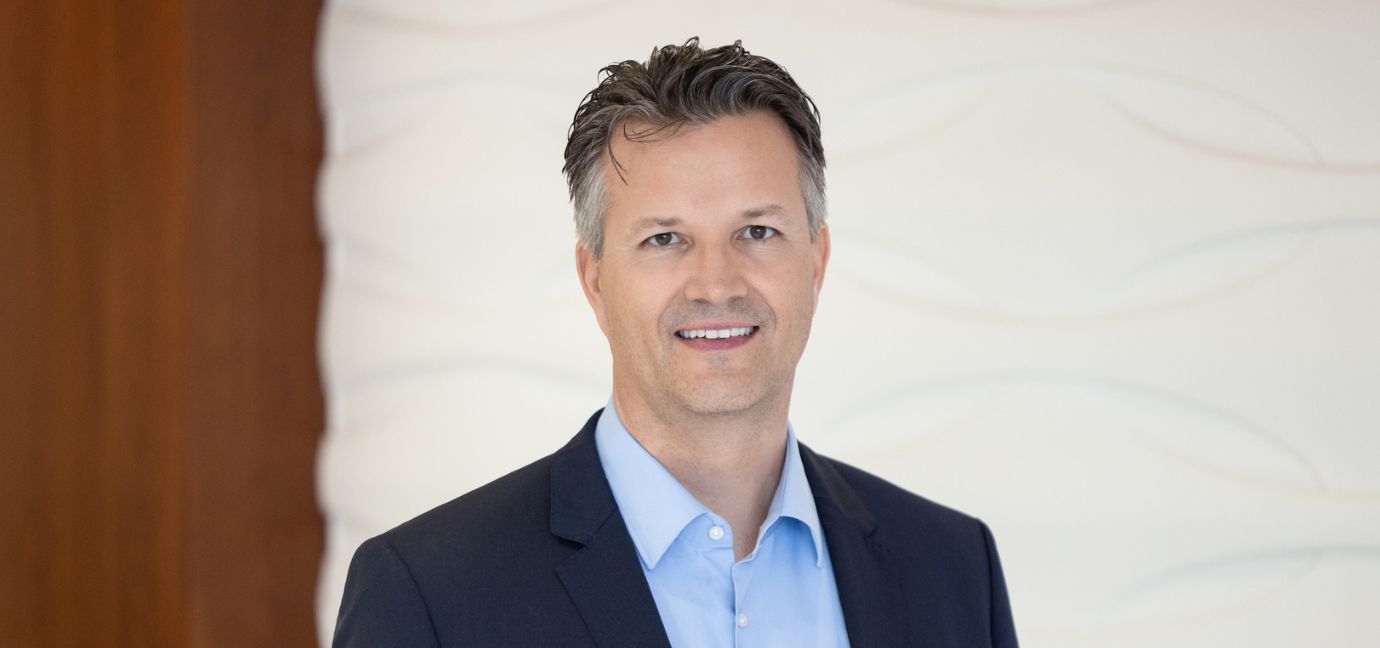 Simon Coxeter (director of strategic research, growth markets, Mercer)
Simon Coxeter (director of strategic research, growth markets, Mercer)Armin Choksey (Asian investment fund centre and AWM Asia-Pacific market research leader, PwC Singapore)
Irene Goh (head of multi-asset solutions – Asia-Pacific, Aberdeen Standard Investments)
Praveen Jagwani (chief executive officer, UTI International)
Sherene Ban (chief executive officer – Singapore and Southeast Asia, JP Morgan Asset Management) Funds Global Asia – In which sectors, themes and asset classes are you identifying good investment opportunities and what are the underlying fundamentals driving this? Praveen Jagwani, UTI International – The major themes right now are US equities and selected emerging markets. In terms of sectors, it’s pharmaceuticals, some sort of rotation out of big tech into regular cyclicals and possibly even out of bonds into equities, driven largely by the surplus liquidity in the world right now and lack of options. Simon Coxeter, Mercer – Policy intervention has shortened the windows of opportunity for some quite attractive investments and high yield was a good example of that earlier this year. To us, this really highlights the importance of speed-testing governance processes and more generally also building dynamism and nimbleness into portfolios, via strategy selection, for example. Putting asset classes and sectors aside, structurally in a portfolio, active management offers more opportunities given the greater dispersion that we’re seeing between and also within markets, and this theme applies in different ways throughout the portfolio. Our dynamic asset allocation view is positive on public equities, and within that, we’re particularly positive on emerging markets and small caps. Emerging market equities look cheap relative to developed market equities, and we expect a stronger macro backdrop for Asia in particular; an escalation in trade tariffs is also less likely under Biden’s leadership. Small caps are cheap relative to large caps and relative to history by some measures, they typically perform well early in a cycle, and should benefit more as vaccines help to normalise economic activity. Irene Goh, Aberdeen Standard Investments (ASI) – Taking a step back, it’s more about an overriding theme of cyclical recovery that helps with framing around a couple of strategies that we like. If you look at the different drivers today, monetary policy tailwind is well understood and has been mentioned, there is also the profits angle – even throughout Covid-19, firms or corporates in the US and a couple of other regions have persistently surprised on the upside on earnings beats. The key is about what’s priced in versus what surprises. Although equity markets have reacted positively to news on vaccine developments and valuations have become richer, investors have yet to price in a global growth recovery fully. Should growth normalise, we would expect a bounce in select stock markets, currencies and commodity prices, driven by stronger earnings growth in line with a pick-up in industrial production. Equities in Japan, Australia, Europe and emerging markets look attractive based on upward revisions to forecast earnings. Markets are not fully pricing in this earnings recovery, which has created investible gaps. From the behavioural perspective, if you were to compare where we are today to a year ago when that cyclical recovery element was also coming through, a very big distinction between now and then is about investor positioning. Prior to the pandemic, investors were overweight, particularly in the risk parity and the macro-systematic investing segments, and where we are today is still by and large an investment community that is at best equal weight or, in a number of areas, underweight, so there are tailwinds to market performance as opposed to headwinds at the beginning of 2020. Within the cyclical umbrella, we like the traditional sectors like industrials and consumer discretionary that have not priced in full recovery. We also like to diversify into areas where we are seeing interesting persistent structural growth stories. Beyond stay-at-home technology strategies, there is future mobility and 5G development – these are long-term structural growth developments that are here to stay. Sherene Ban, JP Morgan Asset Management (JPMAM) – Our view is similar to my co-panellists in terms of the fundamental backdrop and framework that shapes our views – it’s linked to how fast governments can control Covid and the vaccine rollout, but also how fast the economy recovers and how broad or narrow that recovery is. Then there is the monetary/fiscal policy response to it. This is important because this shapes the implications for interest rates and therefore currency – in particular dollar weakness being a new theme that’s emerging. As a result, this brings us on to a couple of key investment trends that we are seeing: the first is the search for income – it’s an ongoing theme, but with interest rates where they are, developed market bonds and government bonds are offering neither diversification nor income. So, we’re looking at things such as securitised assets, ABS/MBS etc. Unconstrained fixed income to us looks as a good way to get the income that people need. Another big thing is alternatives: the income that you get from alternative asset classes such as infrastructure and real estate investment trusts (Reits), accompanied by low correlations, is an ongoing theme. It has been a secular theme, but it’s still very relevant today. Something which dovetails with some of the comments is a return to growth or a rotation, and we’re seeing Asia really take front and centre stage here. That comes from many factors, including dollar weakness, but we’ve also seen China recover very strongly. The other markets – Singapore, Korea and so on – are very weighted towards trade and particularly benefit from dollar weakness, so with a Biden presidency, there is hope that trade will resume and if the economy does pick up, then these markets could be beneficiaries of it. Sustainable investing and ESG in Singapore is still at the early stages of adoption and there’s a top-down regulatory push. The take-up has been slow, people are still sceptical about whether or not there is a benefit from this, but we do see this being a key trend that is being discussed at almost all client conversations, and this is following the blueprint or trajectory that we’ve seen in other markets like Europe. Sustainable investing is a mid-term/long-term secular trend, but it’s real.

 At times like these, HSBC Asset Management easily pivots towards emerging markets.
At times like these, HSBC Asset Management easily pivots towards emerging markets. A comprehensive, cost-effective, and transparent currency overlay hedging solution is crucial to mitigate FX exposure risks in the complex landscapes of Japan and China's FX markets, explains Hans Jacob Feder, PhD, global head of FX services at MUFG Investor Services.
A comprehensive, cost-effective, and transparent currency overlay hedging solution is crucial to mitigate FX exposure risks in the complex landscapes of Japan and China's FX markets, explains Hans Jacob Feder, PhD, global head of FX services at MUFG Investor Services. The world is transitioning from an era of commodity abundance to one of undersupply. Ben Ross and Tyler Rosenlicht of Cohen & Steers believe this shift may result in significant returns for commodities and resource producers over the next decade.
The world is transitioning from an era of commodity abundance to one of undersupply. Ben Ross and Tyler Rosenlicht of Cohen & Steers believe this shift may result in significant returns for commodities and resource producers over the next decade. Ross Dilkes, fixed income portfolio manager at Wellington Management, examines the opportunities and risks for bond investors presented by the region’s decarbonisation agenda.
Ross Dilkes, fixed income portfolio manager at Wellington Management, examines the opportunities and risks for bond investors presented by the region’s decarbonisation agenda. Shareholders in Japan no longer accept below-par corporate governance standards. Changes are taking place, but there are still areas for improvement, says Tetsuro Takase at SuMi Trust.
Shareholders in Japan no longer accept below-par corporate governance standards. Changes are taking place, but there are still areas for improvement, says Tetsuro Takase at SuMi Trust. Robert St Clair, head of investment strategy at Fullerton Fund Management, explores the reasons investors should be paying attention to the rising demand for healthcare in China.
Robert St Clair, head of investment strategy at Fullerton Fund Management, explores the reasons investors should be paying attention to the rising demand for healthcare in China.


